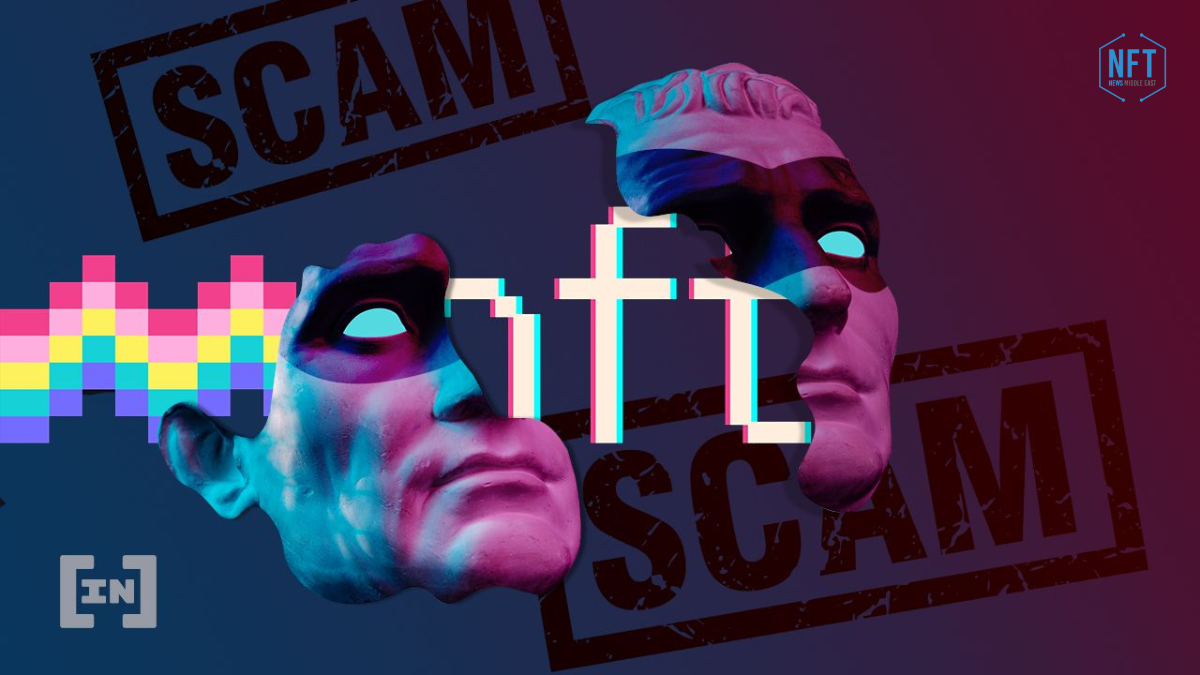Scams come with almost any form of business and in various forms. It is the same for NFTs. In February, OpenSea encountered a phishing attack that caused users to lose 1.7 million ETH. Prior to this, a listing bug on the same platform caused Bored Ape Yacht Club to be sold for 92% less than its price. Similarly, users of Metamask were reported to have lost $500,000 to phishing attacks from Telegram and Discord. In this article, we consider some NFT scams you need to know about and the ways to avoid them.
Duplicated or Plagiarised NFT Scams
Duplicating NFTs is a common type of NFT scam. Duplicating NFT involves copying an artist’s original work and then creating NFTs. The NFT copied is then listed in the marketplace by scammers. The scammers do it in such a way that convinces the buyer that they are original works. Eventually, buyers realize that they have been scammed with pieces of art that are worthless.
Another example of duplication is creating NFTs similar to a popular NFT collection. The replication of such collections confuses investors of NFT, thereby making them believe that it is a new collection created by the original collection team.
To avoid buying a duplicated or plagiarised NFT, buyers should take precautionary steps, such as researching the seller’s details on several platforms. It is also best to buy NFTs from a verified seller, e.g., on open sea, a blue tick indicates a seller’s legitimacy.
Phishing Scams
Phishing Scams are another type of NFT scam. Phishing involves advertisements on local websites that request the users for their 12-word security keys or their private wallet keys. To avoid a phishing scam, NFT users must ensure that they check the domain URL before clicking. They should not perform any activity or verify anything associated with their wallet on any external link.
Rug Pull Scams
In rug pull scams, scammers create hype around the NFT collection using social media avenues. Once people have invested in it, the developers suddenly disappear with the money invested. Rug Pull can be likened to a hyping and promotion scam. Hyping and promotion boost the price of the tokens. Once the NFT has been sold, the advocates stop backing the NFT. This leads to a market decline in the market price of NFT. To avoid a rug pull scam, one must check out the social media profiles of the developers. They should also take note of the follower count; high followers and engagement are good signs of reputability. Users should also check out the project team’s past collections and look for red flags.
General ways to avoid NFT scams
1. Make proper findings of NFT sellers before buying NFTs. This involves checking their social media profiles, etc.
2. Never share your cryptocurrency wallet with anyone. Keep your keys private. Only the user should have access to this information.
3. Make use of strong passwords. The password should consist of alphanumeric characters. It should be up to at least 12 letters with uppercase and lowercase letters, numbers and symbols.
4. Use NFT markets that are known for their reputation. Do research findings to identify popular NFT markets that have been used by many.
5. Avoid clicking on suspicious or malicious links.
Conclusion
NFT scams are more rampant now than ever. Users and buyers should therefore ensure that they perform due diligence before engaging in any activity that requires the release of important details and to avoid buying a work that is not original.
















